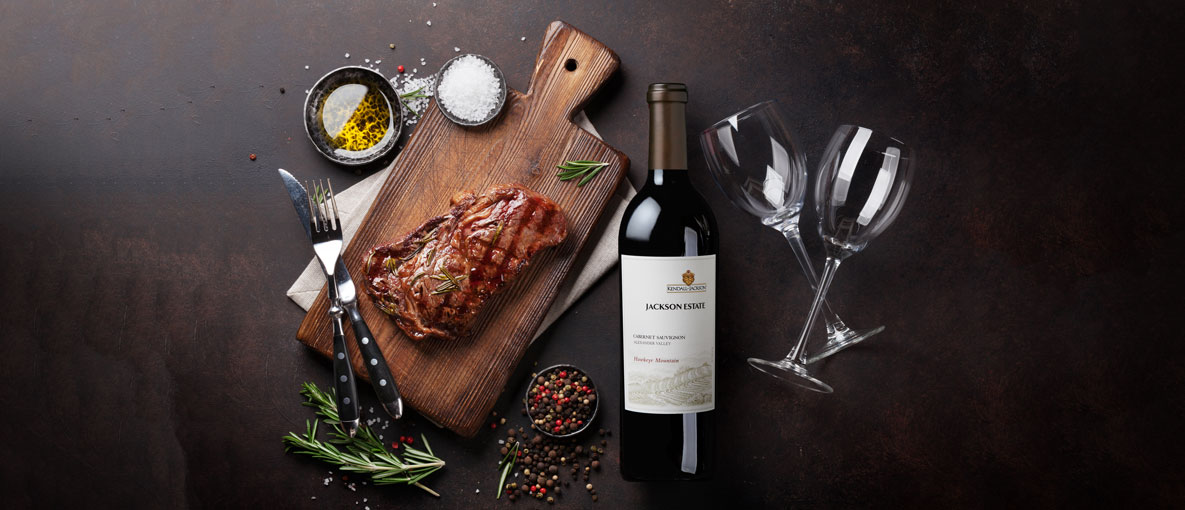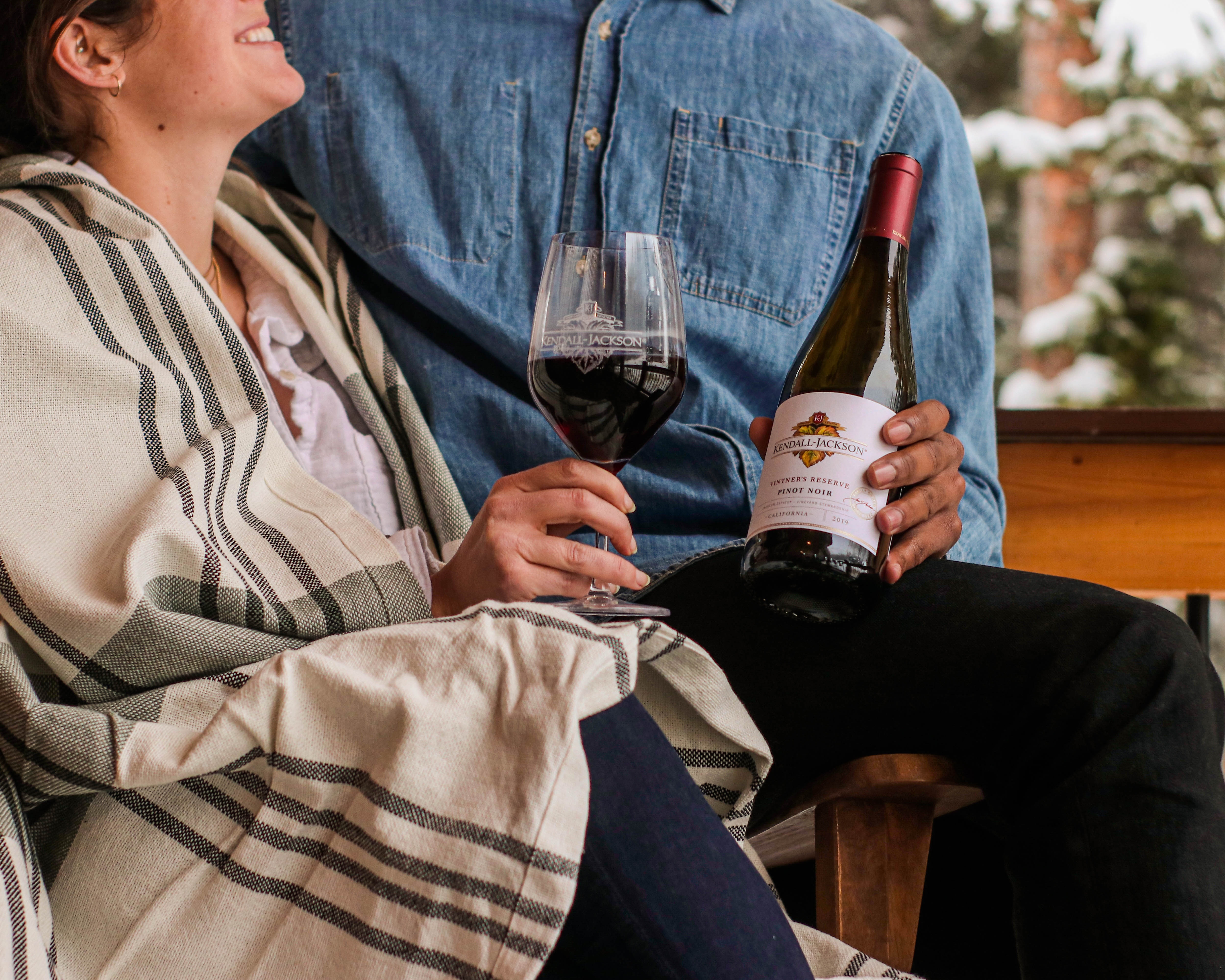How to Store Your Wine Properly
How do you properly store wine? You might have heard some say wine is a “living” product. That’s absolutely right! So, like people, wine needs some TLC once it is in your hands. Also like humans, the amount of doting depends on the amount of time you will store your wine(s), what type of wine you are cellaring and what your wine storage conditions might be. (Store your wine in the fridge? Hmmm. That is not ideal for most wines, unless you are serving them within a few weeks. Naturally, serving wine at the ideal temperature is important, too.). That leaves us with just every possible scenario of how to properly store wine at home (rather than in professional wine storage.) I will try to address them all here!
Storing Wine in the Fridge
Alas, this wine storage solution is not that cut and dry. There is little harm in stashing in your fridge a case of inexpensive, easy-drinking white or rosé wine on Memorial Day that you expect to sip up by Labor Day. (I do!) You may as well keep the wines safe from the warmth of summertime “room temperatures” and have them ready to sip.
Wine and Cool Temperatures
However, most long-term wine cellars are kept at 55°F, and refrigerator temperatures hover around 40°F. In very cold refrigerators, three things might happen when you store wines there too long:
- If the wine is sealed with a natural (not a synthetic) cork, the cork may contract. (Cork is made from tree bark, a natural material that readily expands and contracts based on temperature. This property helps the cork get stuffed into the bottle in the first place and to expand and contract with temperature variations over the life of the bottle of wine.) However, this also means the wine might suffer from oxygen intake and subsequent spoilage via oxidation (meaning the wine evolves too quickly) when extreme temperatures are applied. The possible upside is that very cold temperatures might limit spoilage. Yet, why risk it with a bottle you’ve been jonesing to savor?
- Your wines might become so cold as to go into hibernation. That can get stuck in a time warp, basically not evolving since when you stashed them there. That’s entirely fine for that bottle of summery pink, but it isn’t excellent for a wine that you hope will improve with years (or even just months) of bottle conditioning.
- You might find small, diamond-like crystals in your bottle after a long spell in cold conditions. Importantly, know these are absolutely not harmful. Moreover, those crystals have zero taste. There are simply elements of the wine (specifically, tartaric acid) that have dropped out of solution. In fact, you certainly have digested them before. Have you ever used cream of tartar? Those crystals commonly are ground up to create that baking aid!
In summary, storing wine in your refrigerator is a solution only in limited circumstances. What optimal wine storage conditions should you keep in mind for the rest of your stash?
Optimal Wine Storage Conditions
Wine and Warm Temperatures
Temperature is one of the biggest enemies of all wines. While I mentioned the downside of cool temperatures above, heat poses even more drastic downsides for wine. It’s a myth that “room temperature” is okay. That guidance dates back to the days of drafty châteaux whose rooms were often between 55-65°F. Most people today would put on a heavy sweater or scarf in a room that temperature. If you’re not doing that, your wine is not being stored at the proper temperature.
Wine Temperature Changes: Aim for Less than 10°F Fluctuations
Once you have assured that your base temperature is correct, make sure your wines don’t experience significant temperature swings. That cool coat closet you access often in the winter might be warmer than you expect in the summer, when you rarely reach in for an extra layer. Particularly in sealed closets, make sure the wines won’t yearn for drafts to keep their temperatures down and corks moist.
Wine Storage Humidity
To further help corks do their proper jobs during wine storage, consider the humidity level of their storage area. Depending on the climate you live in, your storage area might be drier than your corks would like. Optimal wine storage humidity conditions are between 50-70%. Also, if your storage area is extremely humid, you might want to wrap the bottle labels with plastic wrap to keep the labels from curling off the bottles as well as to keep them from turning moldy.
Light and Movement: Store Wine in a Dark, Vibration-Free Place
Light and movement are two less obviously and less frequently monitored concerns about wine storage. The first usually has a more obvious effect than the latter.
Almost everyone has faced a bottled of “skunky” beer stored in a clear or green bottle that has been affected by light strike. Ever wondered why Roederer’s Cristal Champagne is wrapped in orange crinkle wrap? That’s to prevent light strike from happening given its clear glass packaging. Do you store your wine in a pantry? Do you, your significant other or the kids forget frequently to turn off the light? Do you store your wines in a rack on a wall that has a spotlight directed over a photo or painting above it? As we say, it’s the little things.
Movement unsettles wines as well. Your chilly utility room might seem like a good storage spot until you consider the thumping tumble of your drying machine. Are you a city dweller? Do you feel the subway, train or automobile traffic in the storage space you are considering? While less significant for short-term wine storage, if you have precious older bottles or plan to be stashing wine away for a while, a vibration-free area would be better.
Store Wine on Its Side (Most of the Time)
Now that your temperature, temperature fluctuation, humidity, light exposure and vibration factors are under control (well done, already!), don’t forget to store your bottles on their sides if they are sealed with natural corks. The contact of the wine with the cork will help keep them from drying out and allow for easier extraction. However, if your bottle is sealed with a screw cap, a glass capsule or any other non-cork closure, it doesn’t matter how it is stored: up, down or sideways. In fact, if you have an age-worthy wine closed by an “alternative closure”, it likely will be less in need of decanting due to sediment already having precipitated to the bottom of the bottle.
Short-Term Wine Storage vs Long-Term Wine Storage
Short-term wine cellaring doesn’t differ that much from long-term cellaring. The best way to store wine bottles of any anticipated longevity is to follow the guidelines above. Even in a short-term timeframe (let’s call that six months or less), all wines will change at least a little. Wines are like people in that way. Also like humans, they respond to their environment. So, you may as well keep your wine in prime conditions. As time goes on, wine’s various compounds will further meld together to create new and different flavors and textures. So that you don’t miss out on those, give your wine storage conditions special consideration.
How to Store White Wine vs How to Store Red Wine
On this subject, it would be worth repeating the previous paragraph. (Instead, I’ll let you scroll back and read it.) Frankly, there’s not a lot of difference in consideration for the two. However, if your storage conditions are not optimal, here are a few considerations:
- Aromatic white wines suffer more quickly than more aromatically neutral whites, especially fuller-bodied, higher alcohol whites.
- The same is true of lighter-bodied, aromatic reds.
- Aromatic wines, whether white or red, suffer the most from warmer temperatures and from temperature fluctuation. The same holds true for rosé storage.
- Lower alcohol wines of all colors tend to be more sensitive to temperature fluctuation.
- Wines with higher acidity or higher tannins levels may hold on in adverse conditions better, but there is no guarantee. Similarly, the carbon dioxide in sparkling wines might help them hang on, but if it’s a snazzy one, don’t put the bottle at risk.
Do I Need a Cellar? Should I Buy a Wine Fridge?
If you have all sorts of bottles sitting about that you do intend to sip from a glass rather than splash into a coq au vin one day, the most likely answer is yes. If most of your wines go down the hatch within a few weeks of their purchase and you store them in reasonably temperature-controlled environment, I suggest not bothering. However, if you fall into the former category, options abound. From counter-top versions that store one case to built-ins with drawers two bottles deep, you won’t want for options and colors. I have bought both of mine from WineEnthusiast.com, and their specialists are terrific at clarifying what might work best for your needs.
For more tips on wine, visit our entertaining page.
Christy Canterbury is a Master of Wine, journalist, speaker and judge based in New York City. In 2014, she was short-listed for the Roederer Online Wine Communicator of the Year Award. Her work has been published in Decanter, Wine Enthusiast, Edible Green Mountains, Wine Searcher, Food Arts, Snooth, Beverage Media, TimAtkin.com, Civiltà del Bere, Wine Business Monthly, TASTED, Selectus Wines and in other outlets.



